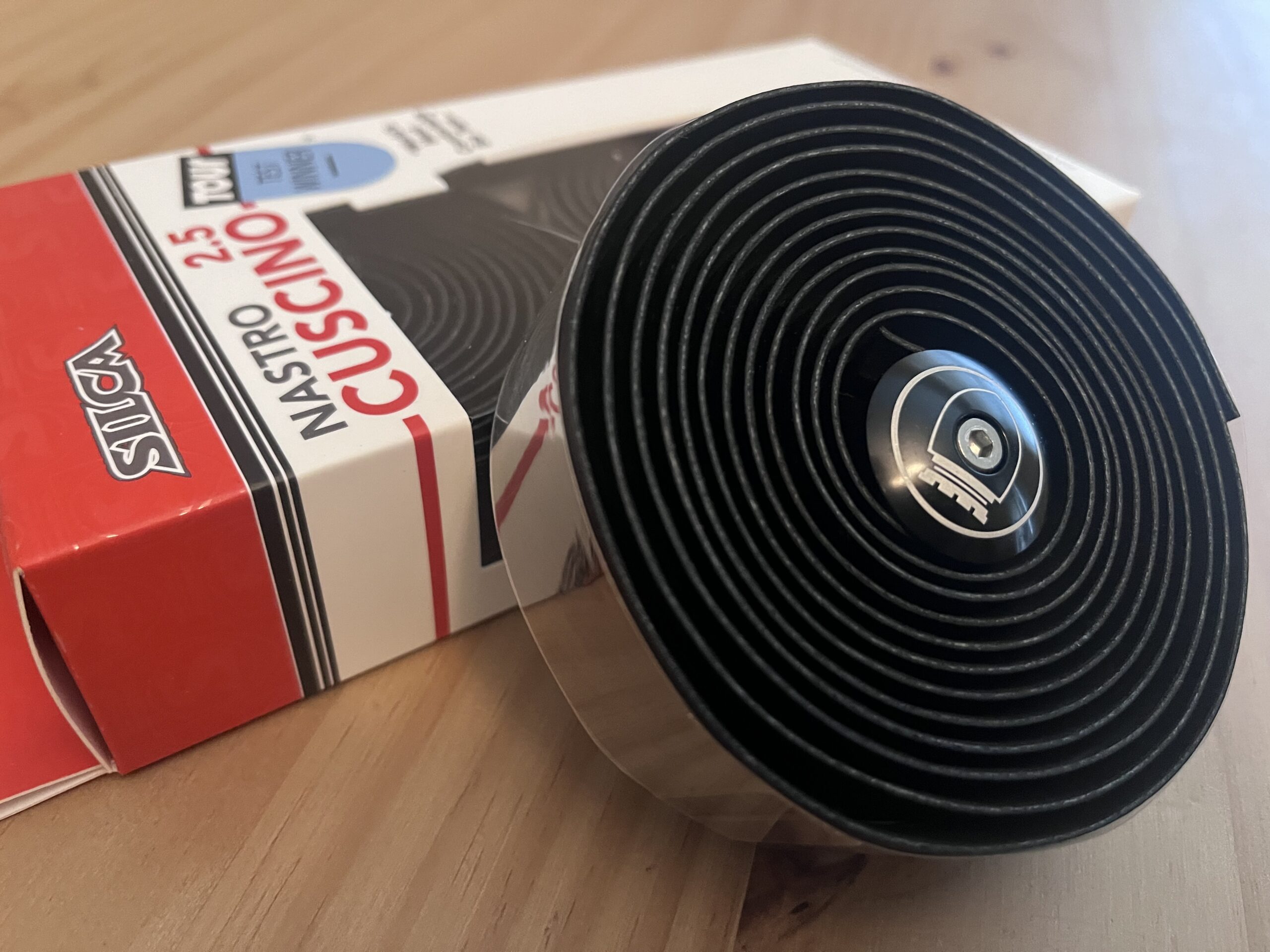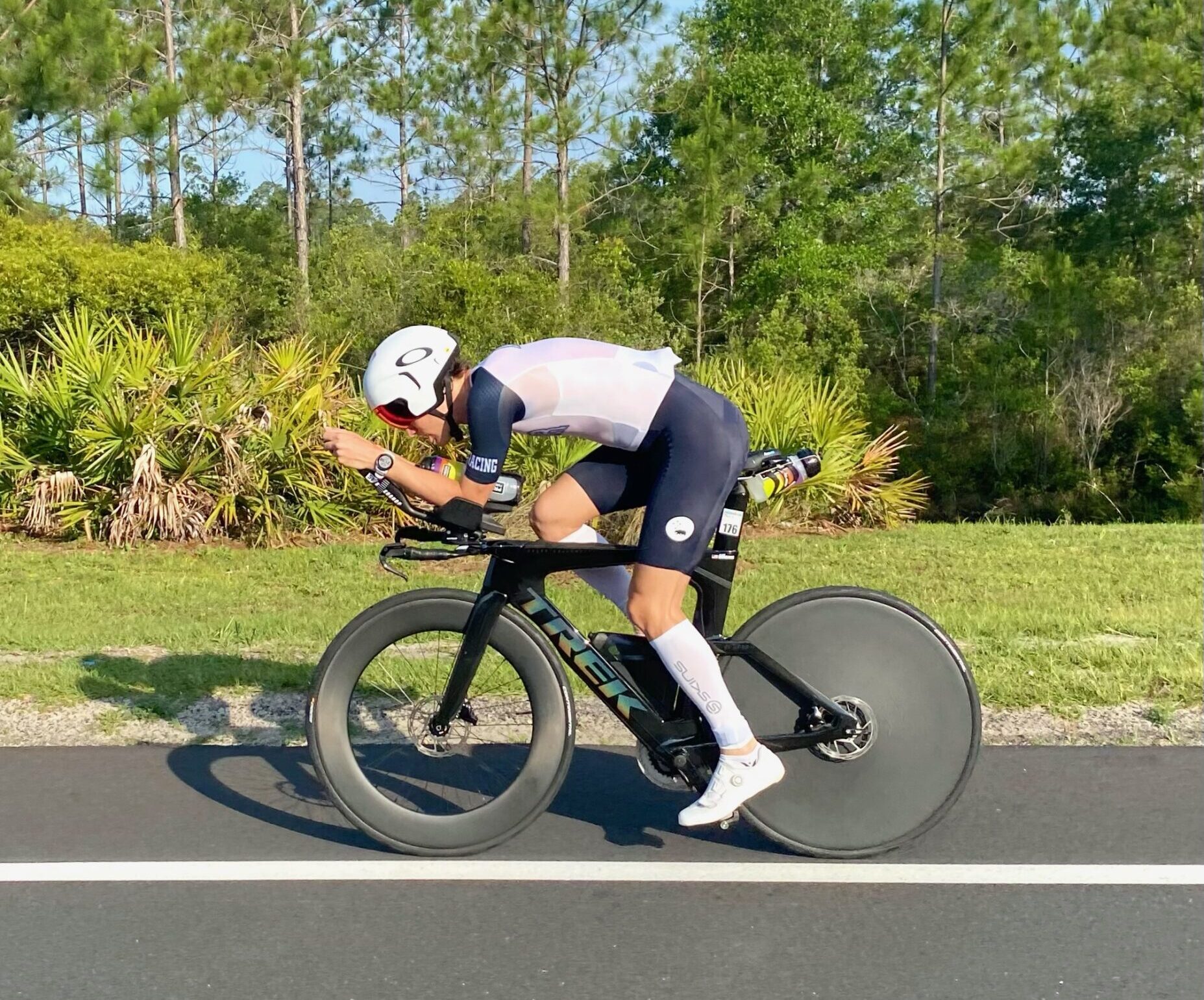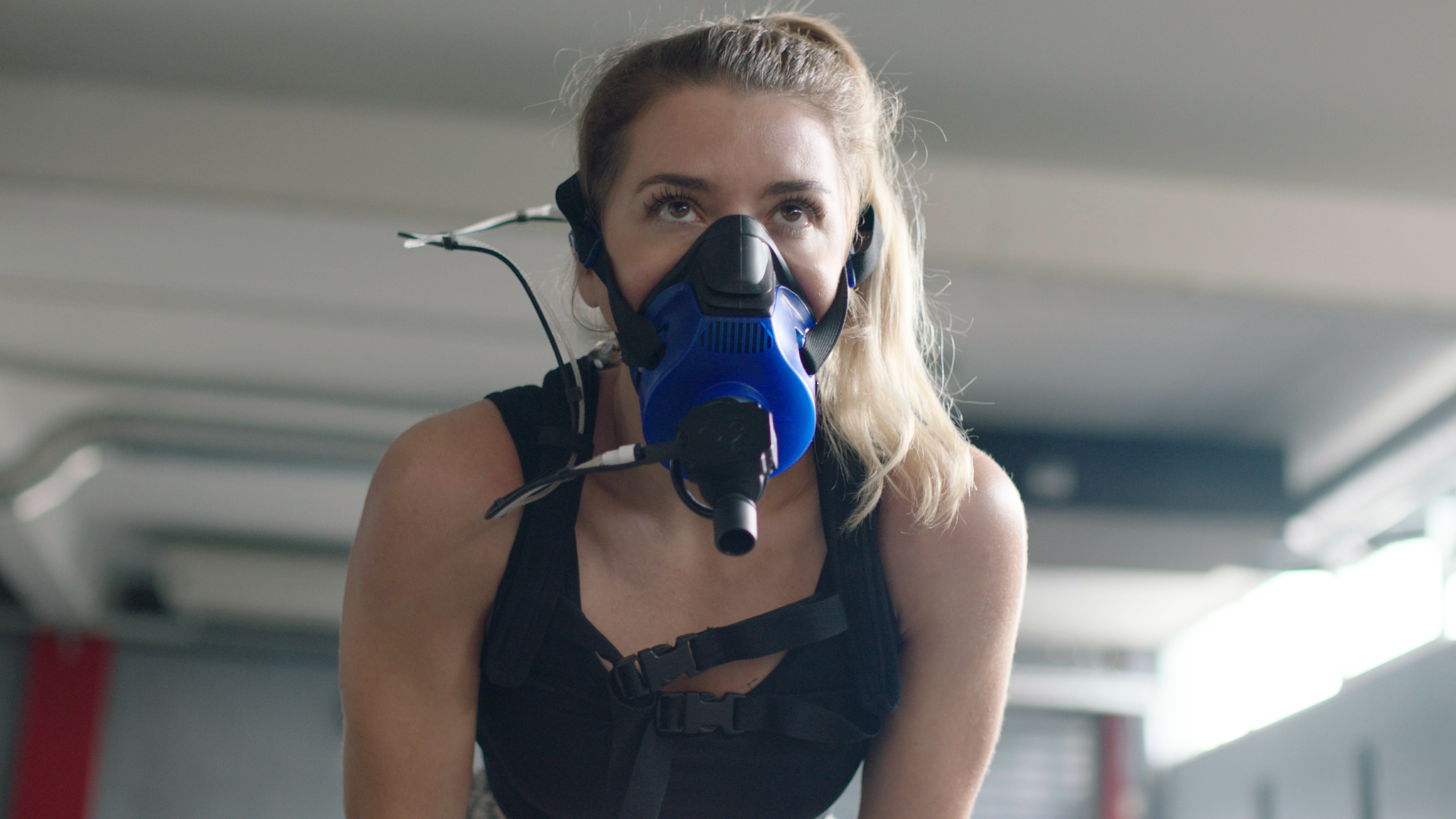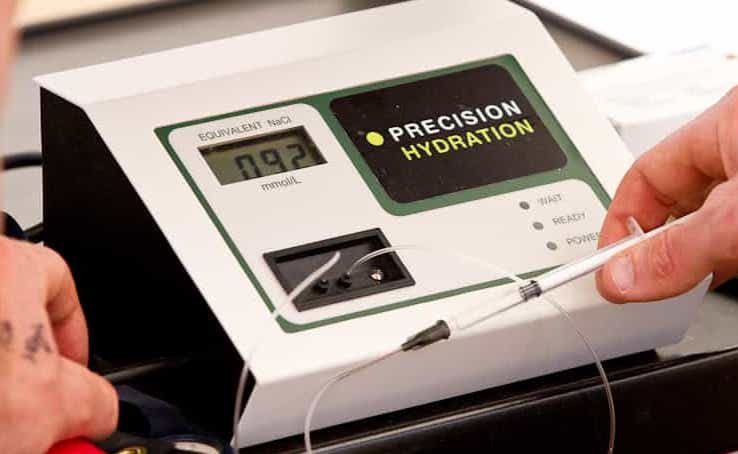No products in the cart.
Your Medications May Have a Greater Impact on You as an Athletes
Professional athletes have to be diligent about the medications and supplements that they put in their bodies. Ingesting the wrong pill could ultimately result in disqualification or even suspension from their sport, which is why the United States Anti-Doping Agency’s (USADA) prohibited list alongside programs like Certified for Sport are an athlete and coach’s best friend when it comes to selecting products.
But have you ever considered some of the medications you are using and how they could negatively impact you? This has been brought to our attention once again as we have had multiple athletes recently be treated with an antibiotic, Ciproflaxin, a medication used for joint infections, lower respiratory tract infections and numerous other reasons. Unfortunately for some of these athletes they were not informed of the side effects which Pharmacist, Thomas Howell states could include: “diarrhea, confusion, fast or irregular heartbeats, muscle pain or stiffness, and joint pain. These are minor side effects that can cause an athlete to question their training or other wrongly suspected culprits. The major side effect of Ciprofloxacin, most dangerously associated with athletes, is its possibility for tendon rupture.”
This does not mean that you are guaranteed to have a tendon rupture but as Howell states, “It is worth noting that the weakening or tightening of tendons(a result of the medication) in athletes places them at a greater risk of injury. Thus, these types of medications should be used with caution.”
We bring this to your attention, not to scare you, but to remind you that you are your own best advocate and, just as you select your nutrition and hydration products for training and racing you must also make informed decisions for your long term health and lifestyle with medications as you lifestyle is abnormal to what most doctors are accustomed to working with.











